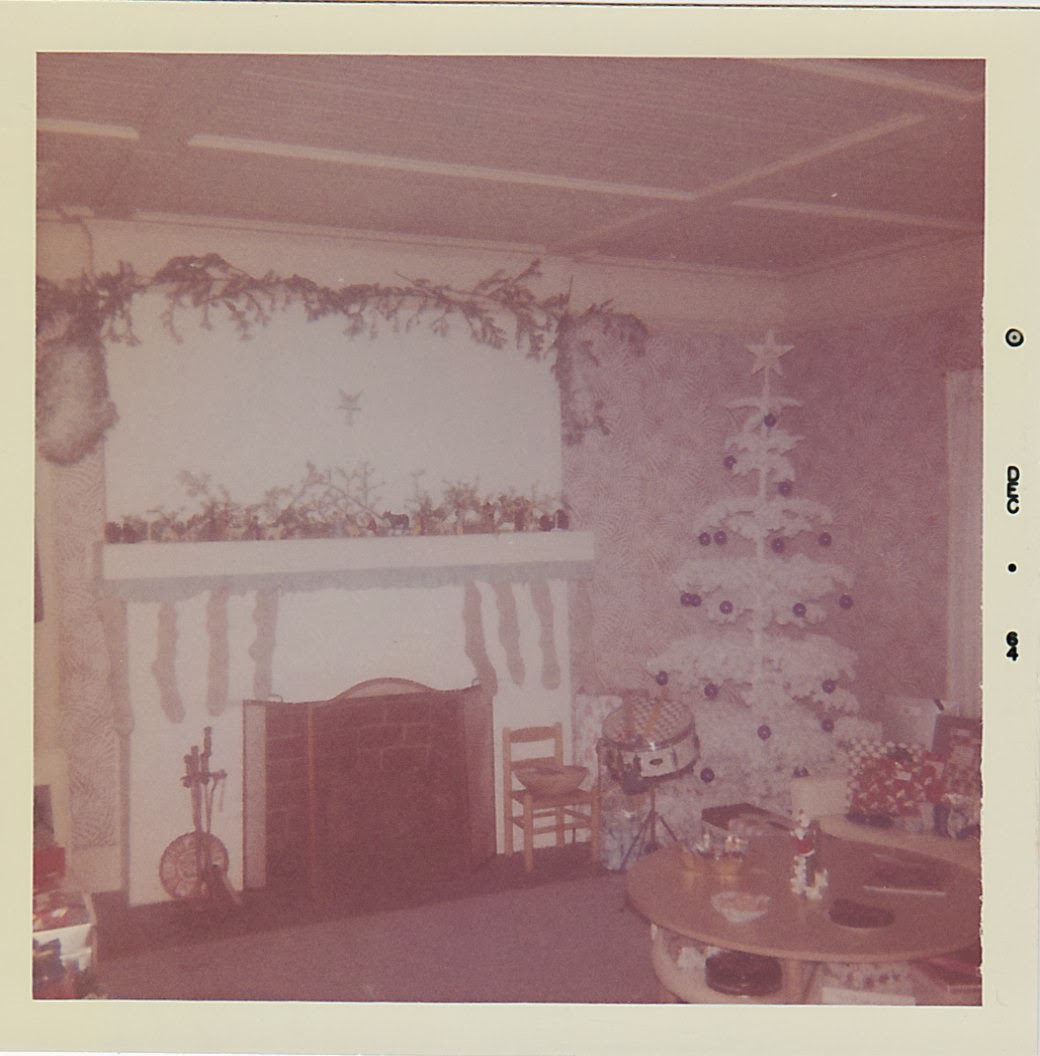 |
| Buckingham Congregational Church Glastonbury, Connecticut |
If religion is part of one's DNA, it might explain some things about me. My family included just about every branch of christianity. These included Huguenots, Roman Catholics, German Reformed, Puritans, Methodists, Presbyterian, Methodist-Episcopal and possibly some Mennonites and Amish.
The Hugus family were French Huguenots, who left Abries in the French Alps in the dead of the night. They headed up into Germany. From there they crossed the seas to Pennsylvania around middle part of the eighteenth century.
The Flick, Fabian, Neeley, and Shoup (Shupe) families appear to have been Swiss Mennonites who moved into Germany and left for America about the same time as the Hugus family. At the very least these families moved in the same circles as the Mennonites. The Flicks, Fabians, and Shoup families lived in Bucks and Northampton counties along with John Hugus. These families migrated west to Westmoreland County after the Revolutionary War.
Jacob Berlin arrived in Philadelphia having traveled with a large group of Amish. It is unknown whether the Berlins were, in fact, practicing Amish or just happened to be on a ship where the passengers were primarily Amish. The Berlin family settled in York County before moving to western Pennsylvania.
Even though some of these families may have arrived here as members of various faiths, they all seemed to end up in the German Reformed Church. It would appear that the German Reformed Church followed a Calvinist theology which I believe would have been similar to the theological teaching that they brought with them to the colonies.
The Gardiner, Blandford, Gates, Beaven, Craycroft, and Miles families left England in the seventieth century to practice their Catholic faith in Maryland only to need to leave Maryland and head to Kentucky after a few generations because restrictions were again placed on practicing Catholics. Catholics were barred from holding public office; barred from certain professions; forced to pay a double tax; and required to have their children baptized in the Anglican Church.
The Stratton, Fox, Hollister, Goodrich, and Hill families appeared to be Puritan families who left England in the seventieth century for Massachusetts. This group of immigrants seemed to follow a version of Calvinist theology. They stayed in New England until the 1830s when they migrated west to Ohio.
Amongst these early colonists were many clergymen and women. In fact there are leaders among the different religions in almost every generation. There were ministers, priests, and bishops as well as leaders of female religious orders in Kentucky.
 |
| Saint Joseph Proto-Cathedral Bardstown, Kentucky |



















